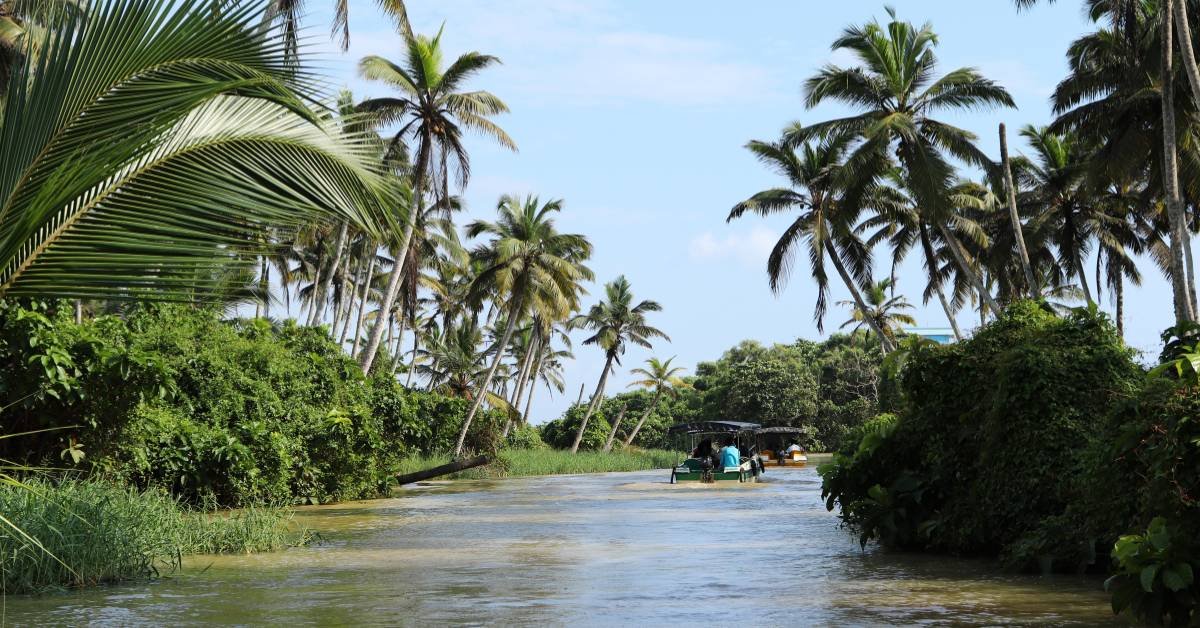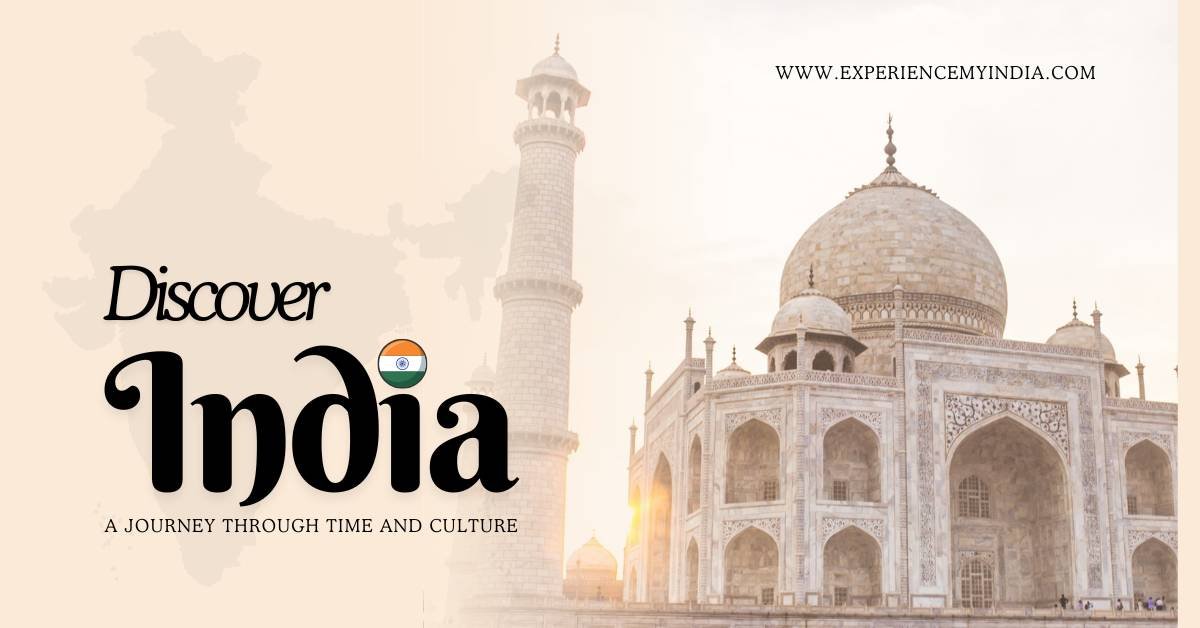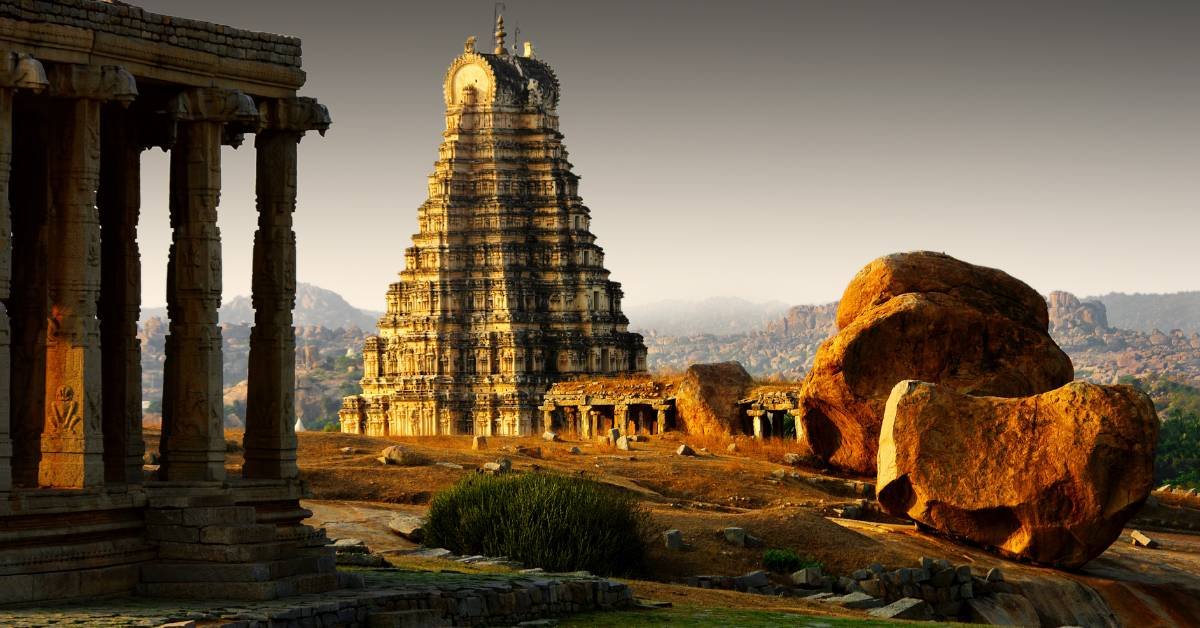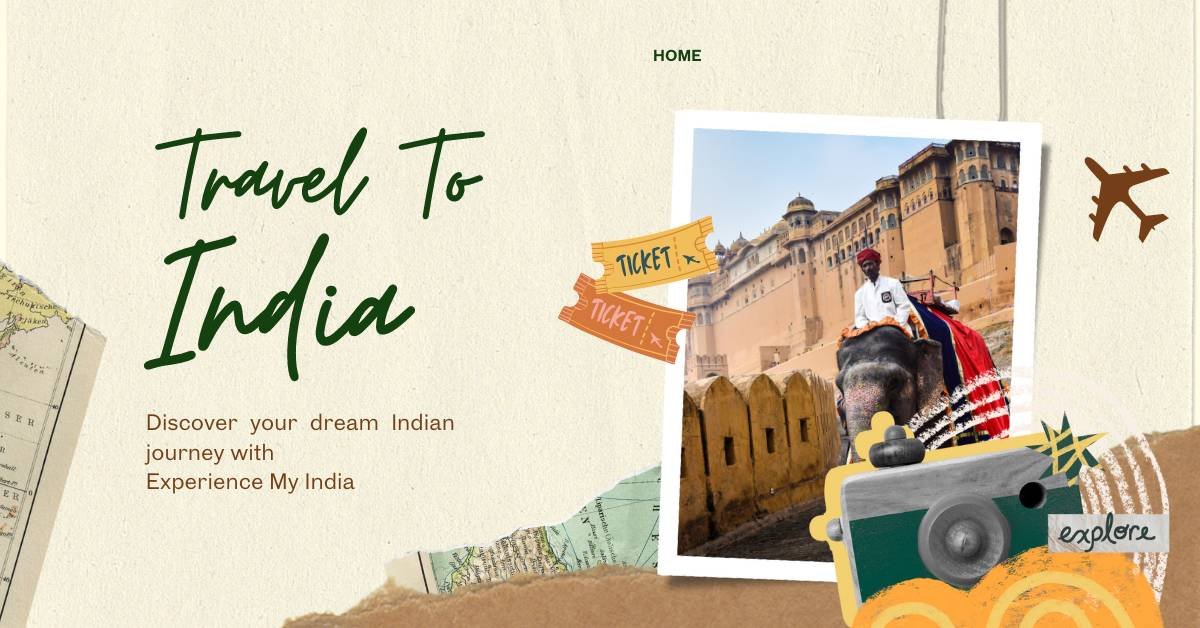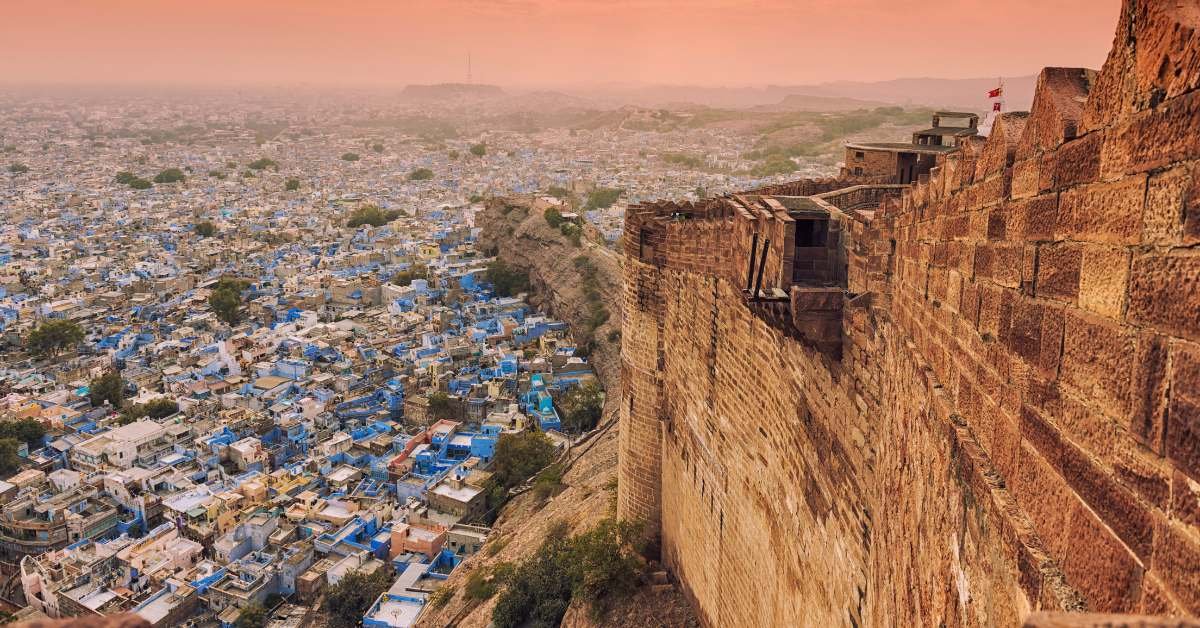Welcome to a journey into the untamed beauty of Best National Parks in India. From dense jungles to breathtaking waterfalls and majestic wildlife, these protected areas are a haven for nature enthusiasts and adventure seekers. Get ready to explore the unparalleled diversity that India has to offer. In this article, we will unveil the natural wonders that await you in these national parks, taking you on a virtual tour through their captivating landscapes and extraordinary wildlife. Discover the lush forests of Jim Corbett National Park, home to the majestic Bengal tiger.
Experience the thrill of spotting the elusive one-horned rhinoceros at Kaziranga National Park in Assam. Marvel at the awe-inspiring dunes of the Thar Desert in Ranthambore National Park, where you can catch a glimpse of the elusive Indian leopard. Immerse yourself in the beauty and serenity of nature as we delve into the secrets of these incredible destinations. Whether you are a wildlife enthusiast, a photography lover, or simply a nature admirer, these national parks are sure to leave you awe-inspired and longing for more. So, pack your bags and get ready for an unforgettable journey through India's top national parks.
Importance of National Parks in India
Best National Parks in India play a vital role in our ecosystem, offering a multitude of benefits:
- Protecting Endangered Species: These parks provide critical sanctuaries for a staggering number of threatened animals. Imagine spotting the majestic one-horned rhinoceros in Kaziranga National Park, a species brought back from the brink of extinction thanks to dedicated conservation efforts. Similarly, witness the elusive Bengal tiger in Ranthambore National Park, a park that has seen a significant rise in tiger populations.
- Preserving Biodiversity: National parks act as sanctuaries for a vast array of flora and fauna, ensuring the ecological balance of the region thrives. Explore the rich biodiversity of Kanha National Park, the inspiration behind Rudyard Kipling's "The Jungle Book." Here, encounter the barking deer, the majestic gaur (Indian bison), and a vibrant tapestry of birdlife, all existing in a harmonious natural balance.
- Promoting Responsible Tourism: By encouraging responsible wildlife viewing through jeep safaris, elephant rides, and nature walks, national parks educate visitors about conservation efforts and the importance of protecting our natural heritage. Imagine learning about the vital role of the mangrove forests in Sundarbans National Park, a UNESCO World Heritage Site, and understanding the delicate balance between human activity and environmental protection.
- Supporting Local Communities: Ecotourism generated by national parks creates sustainable livelihoods for local communities living near these protected areas. Experience the warm hospitality of villages bordering Bandhavgarh National Park, where communities benefit from tourism while actively participating in conservation efforts.
Exploring Best National Parks in India isn't just an adventure; it's a contribution to preserving the natural wonders of India for generations to come. Let Experience My India curate your dream wildlife experience, ensuring you explore these parks responsibly and leave a positive impact.
Kaziranga National Park: Home to the One-Horned Rhinoceros
Nestled amidst the lush grasslands and vibrant forests of Assam lies Kaziranga National Park, a UNESCO World Heritage Site and a jewel in the crown of Best National Parks in India. This park holds a special distinction – it's the single largest habitat for the one-horned rhinoceros, a majestic yet endangered species. Conservation efforts have seen a remarkable rise in their population, making Kaziranga a beacon of hope for this magnificent creature.
Exploring Kaziranga National Park:
- Jeep Safaris: Embark on an exhilarating jeep safari and witness the one-horned rhinoceros grazing in the distance. Keep your eyes peeled for other park residents like the majestic Asian elephant, the elusive Indian tiger, and a dazzling array of birds like the Greater Adjutant Stork and the Swamp Francolin.
- Elephant Safaris: Experience the thrill of exploring the park on the back of a gentle giant. An elephant safari offers a unique perspective of the landscape and allows you to get closer to the diverse wildlife, including the one-horned rhinoceros, from a safe distance.
- Birdwatching: Kaziranga is a paradise for birdwatchers, with over 600 species recorded within its boundaries. Look out for the Bengal Florican, the Hodgson's Hawk-Eagle, and the elusive Pallas's Fish-Eagle soaring through the skies.
- Cultural Experiences: Immerse yourself in the rich Assamese culture by visiting nearby villages and experiencing the warm hospitality of the local communities. Learn about their unique traditions and their vital role in rhinoceros conservation efforts.
Beyond the Wildlife: Kaziranga National Park boasts a diverse landscape with scenic rivers, verdant grasslands, and dense forests. The park is a haven for nature lovers and photographers seeking to capture the breathtaking beauty of the region.
Experience My India Tip: The best time to visit Kaziranga National Park is from November to April when the weather is pleasant, and wildlife viewing is optimal.
Jim Corbett National Park: The Oldest National Park in India
Step back in time and explore the legacy of wildlife conservation at Jim Corbett National Park, nestled in the foothills of the Himalayas in Uttarakhand. Established in 1936 as India's first national park, Jim Corbett holds a special place in the country's conservation history. This park was instrumental in protecting the endangered Bengal tiger, and its success story serves as an inspiration for conservation efforts worldwide.
Exploring Jim Corbett National Park:
- Jeep Safaris: Embark on an adventurous jeep safari through the park's diverse terrain, encompassing dense sal forests, sprawling grasslands, and glistening streams. Keep your eyes peeled for the elusive Bengal tiger, the park's crown jewel. You might also spot other majestic creatures like leopards, sloth bears, and herds of elephants with their playful calves.
- Birdwatching: Jim Corbett National Park is a haven for birdwatchers, with over 650 species recorded. Look out for the vibrant Oriental Pied Hornbill, the majestic Pallas's Fish-Eagle soaring high above, and the shy Himalayan Griffon circling the mountains.
- Nature Trails: Explore the park's diverse ecosystems on foot through a network of well-maintained nature trails. These trails offer a unique perspective of the park's flora and fauna, allowing you to witness the intricate details of the natural world.
- Corbett Museum: Delve deeper into the park's history and the legacy of Jim Corbett, the legendary hunter-turned-conservationist, at the Corbett Museum. Learn about the park's diverse wildlife and the ongoing conservation efforts that ensure its continued survival.
Ranthambore National Park: The Land of Tigers
Journey to the heart of Rajasthan and discover Ranthambore National Park, aptly nicknamed the "Land of Tigers." This park, nestled amidst the Vindhya Aravalli hills, is famous for its thriving population of majestic Bengal tigers. Ranthambore's success story in tiger conservation is a testament to dedicated efforts and a highlight among India's Best National Parks.
Exploring Ranthambore National Park:
- Jeep Safaris: Embark on an unforgettable jeep safari and witness the power and grace of the Bengal tiger in its natural habitat. Ranthambore boasts a high tiger density, making it one of the best places in the world to spot these magnificent creatures. The park also shelters leopards, sloth bears, hyenas, and a diverse array of birds, offering a thrilling wildlife viewing experience.
- Night Safaris: Experience the thrill of a night safari, where nocturnal animals come alive under the starry sky. Spot elusive creatures like jungle cats, civet cats, and perhaps even a glimpse of a tiger on the prowl.
- Ranthambore Fort: Climb atop the historic Ranthambore Fort, a 10th-century marvel offering stunning panoramic views of the park. Explore the fort's ramparts and learn about its rich history, adding a cultural dimension to your wildlife adventure.
- Village Visits: Venture beyond the park boundaries and experience the warm hospitality of the local communities residing in nearby villages. Learn about their unique way of life and their role in conserving the park's ecosystem.
Periyar National Park: Exploring the Wildlife of Kerala
Unveil the verdant beauty of Kerala and embark on a wildlife adventure at Periyar National Park. This park, nestled amidst the Western Ghats, is famed for its expansive artificial lake and its diverse population of wildlife. Periyar National Park offers a unique opportunity to explore a rich ecosystem and discover the hidden treasures of Kerala.
Exploring Periyar National Park:
- Boat Safaris: Glide along the tranquil waters of Periyar Lake on a scenic boat safari. Witness herds of wild elephants coming down to drink at the water's edge, spot playful otters frolicking in the water, and keep an eye out for elusive tigers and leopards in the surrounding forests.
- Jungle Walks: Lace up your boots and embark on a guided nature walk through the park's dense forests. Explore a variety of trails, encounter diverse flora and fauna, and learn about the park's ecological significance from experienced naturalists.
- Manganari Hillock: Hike up the scenic Mangalavandanam (Manganeri) Hillock for breathtaking panoramic views of the Periyar Lake and the surrounding forests. Enjoy the refreshing mountain air and capture stunning photographs of the park's diverse landscape.
- Spice Plantations: Kerala is renowned for its fragrant spices. Venture beyond the park's boundaries and explore a traditional spice plantation. Learn about the cultivation and processing of various spices, indulge in their aromatic allure, and perhaps even purchase some as a unique souvenir.
Sundarbans National Park: A Unique Mangrove Forest Reserve
Step into a world unlike any other at Sundarbans National Park, a UNESCO World Heritage Site nestled in the world's largest mangrove forest delta. Straddling the border between India and Bangladesh, this park in West Bengal offers a unique opportunity to explore a complex ecosystem teeming with life. Sundarbans National Park is a true gem among India's Best National Parks.
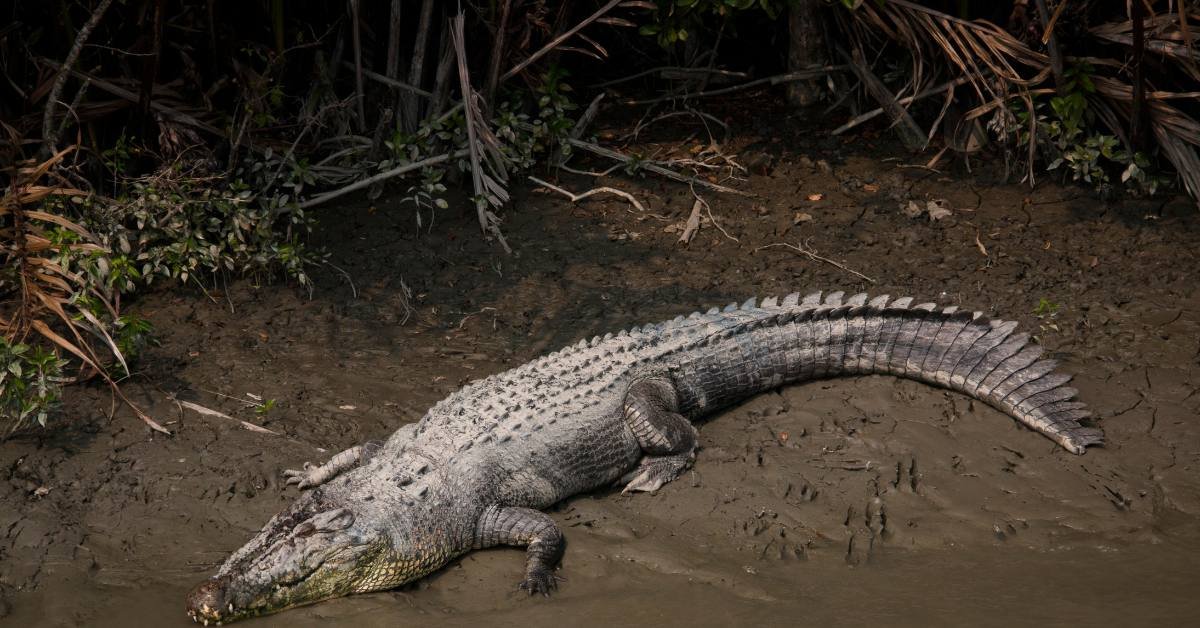
Exploring Sundarbans National Park:
- Boat Safaris: Embark on a thrilling boat safari through the intricate network of tidal waterways and canals that snake through the dense mangrove forests. Witness the unique ecosystem teeming with wildlife, spot playful dolphins leaping alongside your boat, and keep an eye out for the majestic Royal Bengal Tiger, known for its exceptional swimming abilities.
- Birdwatching: Sundarbans National Park is a paradise for birdwatchers, with over 260 species recorded within its boundaries. Look out for the majestic Brahminy Kite soaring through the skies, spot the vibrant Stork-billed Kingfisher perched on branches, and witness the unique calls of the elusive Mangrove Pit Viper.
- Watchtowers: Climb atop strategically placed watchtowers scattered throughout the park for panoramic views of the sprawling mangrove forests and the glistening waterways. These vantage points offer a chance to witness the vastness of the Sundarbans ecosystem and spot wildlife from a safe distance.
- Honey Collection Demonstration: Witness the unique and sustainable practice of honey collection from wild honeybees by local communities residing near the park. Learn about their traditional techniques and appreciate their vital role in maintaining the delicate balance of the ecosystem.
Kanha National Park: The Inspiration Behind "The Jungle Book"
Unleash your inner Mowgli and explore the enchanting wilderness of Kanha National Park, nestled in the heart of Madhya Pradesh. This park, famed for its lush sal forests and sprawling grasslands, served as the inspiration for Rudyard Kipling's timeless classic, "The Jungle Book." Kanha National Park is a haven for wildlife enthusiasts and a true gem among India's Best National Parks.
Exploring Kanha National Park:
- Jeep Safaris: Embark on an adventurous jeep safari through the diverse terrain of Kanha, encompassing dense forests, open grasslands, and glistening lakes. Witness the majestic Bengal tiger, the park's crown jewel, and spot a variety of other wildlife like the graceful Barasingha deer (swamp deer), the endangered Indian wild dog (Dhole), and the elusive sloth bear.
- Kanha Museum: Delve deeper into the park's history and diverse wildlife at the Kanha Museum. Learn about the park's ecological significance, conservation efforts, and the fascinating creatures that call Kanha home. Exhibits featuring the inspiration behind "The Jungle Book" characters like Sher Khan and Baloo will ignite your childhood memories.
- Flora and Fauna Trails: Explore the park's diverse flora and fauna on foot through a network of well-maintained trails. These trails offer a chance to witness the intricate details of the ecosystem. Encounter a variety of birds, and experience the thrill of spotting wildlife in its natural habitat.
Experience My India Tip: The ideal time to visit Kanha National Park is from November to March. When the weather is pleasant and offers the best chances of spotting wildlife. During the monsoon season (July to September), the park transforms into a lush paradise, but some trails might be inaccessible.
Bandhavgarh National Park: A Haven for Wildlife Enthusiasts
Nestled amidst the Vindhya Hills of Madhya Pradesh lies Bandhavgarh National Park. A haven for wildlife enthusiasts and another jewel among India's Best National Parks. This park boasts a rich history dating back centuries. With captivating tales of ancient royalty and a diverse ecosystem teeming with life.
Exploring Bandhavgarh National Park:
- Jeep Safaris: Embark on an unforgettable jeep safari through the park's varied terrain. Encompassing rocky outcrops, dense forests, and open meadows. Bandhavgarh is renowned for its high tiger density, making it a prime location to spot these magnificent creatures. Keep your eyes peeled for other wildlife like leopards, sloth bears, cheetahs, and a dazzling array of birds.
- Bandhavgarh Fort: Climb atop the historic Bandhavgarh Fort. A 1st-century marvel offering panoramic views of the park and the surrounding landscape. Explore the fort's ramparts and ancient temples, adding a historical dimension to your wildlife adventure.
- Photography Tours: Bandhavgarh National Park is a photographer's paradise. Capture the majestic Bengal tiger in its natural habitat, photograph the diverse wildlife in action. And frame the breathtaking landscapes bathed in golden sunlight. Join a specialized photography tour led by experienced guides who can help you capture stunning wildlife images.
- Nature Walks: For a more intimate exploration, embark on a guided nature walk through the park's diverse trails. Learn about the unique flora and fauna. Witness the intricate details of the ecosystem, and experience the thrill of spotting wildlife up close.
Experience My India Tip: The ideal time to visit Bandhavgarh National Park is from November to April. When the weather is pleasant and offers the best chances of spotting wildlife. During the monsoon season (July to September), the park transforms into a verdant paradise, but some trails might be inaccessible.
Safety tips and guidelines for visiting national parks
India's Best National Parks offer incredible wildlife encounters, but it's crucial to prioritize safety and responsible tourism practices. Experience My India ensures your adventure is filled with unforgettable memories while respecting the delicate balance of these protected areas. Here are some essential safety tips:
- Always stay with your guide or group: National parks can be vast. And staying with your guide ensures your safety and adherence to designated trails.
- Maintain a safe distance from wildlife: Admire animals from a distance and avoid any actions that might provoke them. Respect their space and follow your guide's instructions.
- Be mindful of your surroundings: Watch out for uneven terrain, slippery surfaces. Potential hazards like loose rocks or thorny bushes.
- Dress appropriately: Wear comfortable clothing and shoes suitable for walking on uneven terrain. Neutral colors are ideal to blend into the surroundings and avoid attracting unwanted attention from wildlife.
- Stay hydrated: Carry plenty of water, especially during hotter months. Dehydration can be a serious concern, so stay hydrated throughout your exploration.
- Minimize your impact: Respect the park's environment by properly disposing of waste and avoiding littering. Leave no trace of your visit and help preserve the park's pristine beauty.
By following these guidelines and partnering with Experience My India. You can ensure a safe, responsible, and enriching exploration of India's Best National Parks.
Conclusion: Exploring India's Natural Treasures
India's Best National Parks are not just destinations; they are portals to a world of wonder. From the majestic tigers of Ranthambore to the unique mangrove forests of Sundarbans. Each park offers a unique experience and a glimpse into the incredible biodiversity of India.
Experience My India is your trusted partner in crafting an unforgettable wildlife adventure. We curate personalized itineraries that cater to your interests, ensuring a safe and responsible exploration of these magnificent protected areas. Let us help you:
- Choose the perfect national park: With such a diverse range of options. We'll help you select the park that best aligns with your interests and travel style.
- Plan your logistics: We take care of everything from permits. Transportation to comfortable accommodation within close proximity to the parks.
- Ensure responsible tourism: We prioritize ethical practices. Ensure your visit has a positive impact on the environment and local communities.
Don't wait any longer! Contact Experience My India today and embark on a journey to explore the natural world.



